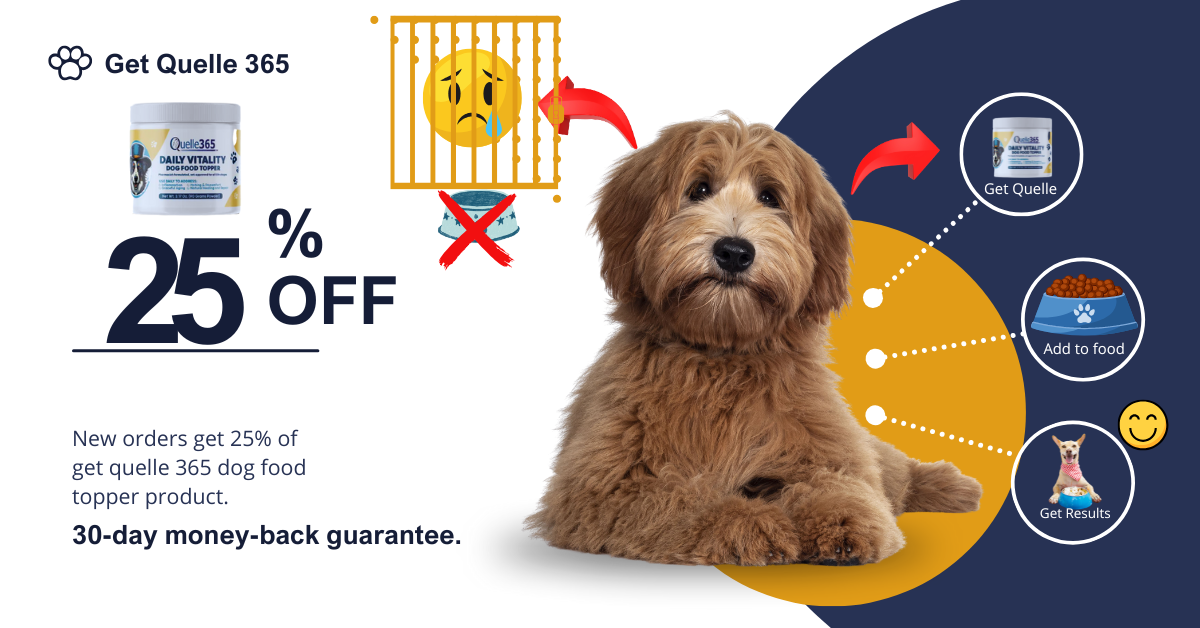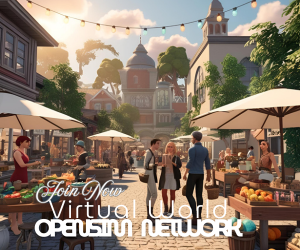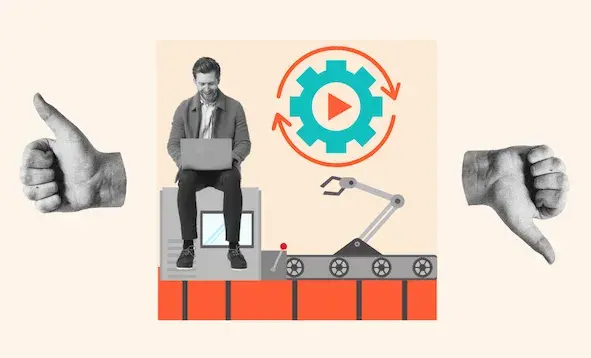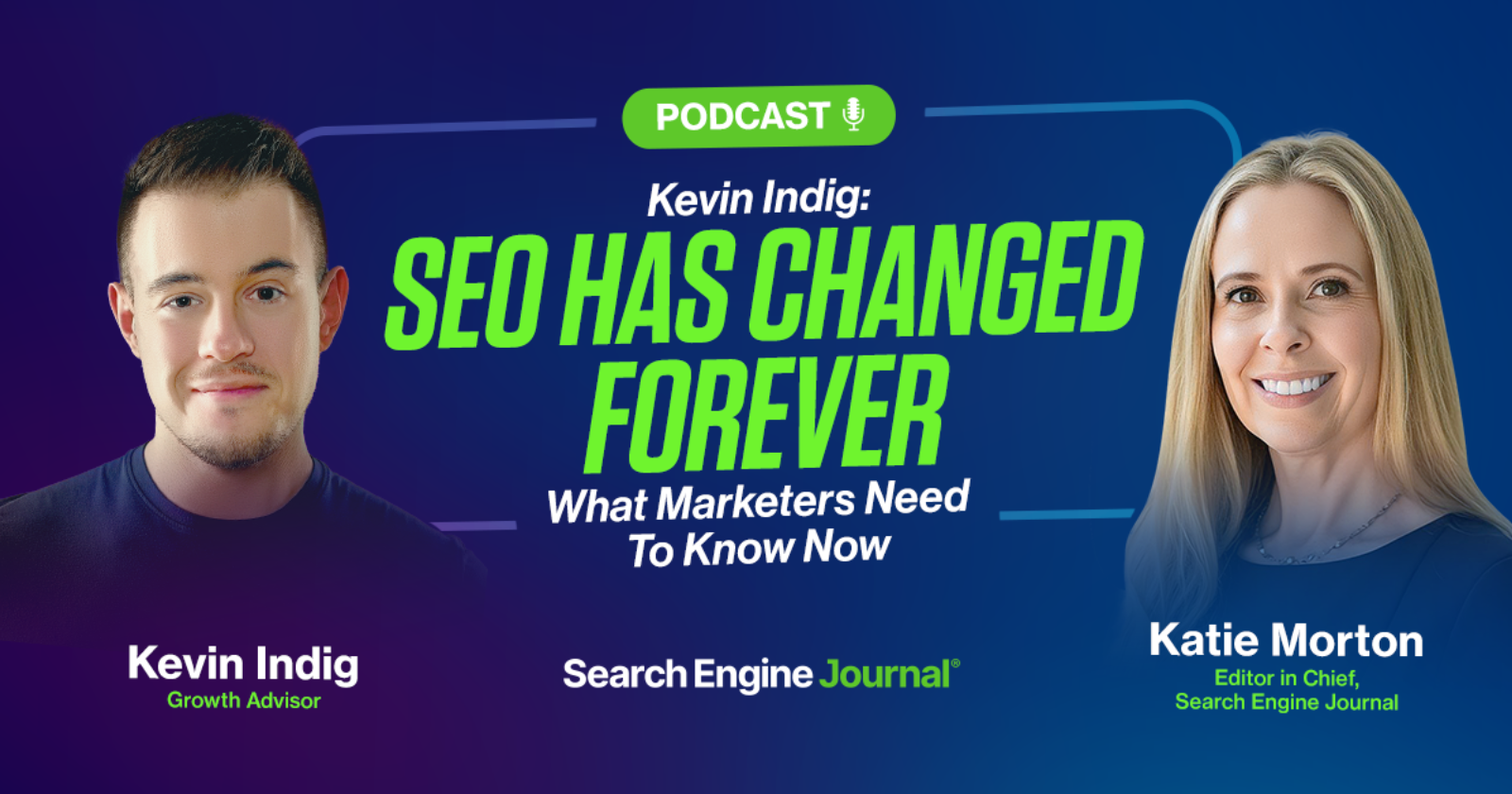The old rules no longer apply. It’s time for a smarter, AI-ready playbook.
AI-driven search is changing the landscape fast. Organic traffic is dropping, visibility is shrinking, and traditional SEO tactics are losing their edge. If you’re still following yesterday’s strategy, you’re already behind.
Join Siteimprove on July 23, 2025 for an exclusive webinar with Zoe Hawkins and Jeff Coyle. Learn how to evolve your SEO approach and content planning to thrive in a world where AI now plays a central role in search.
Here’s what you’ll walk away with:
- A breakdown of how AI is changing enterprise SEO.
- Why trust and authority now matter more than keyword volume.
- How to adapt to high-intent, low-volume traffic behavior.
- Practical ways to optimize your content for AI search without losing authenticity.
- The latest tools and frameworks for predictive content planning.
Why this session is a must:
We can no longer rely on the same tactics that worked before. This session gives you an inside look at how SEO must evolve to stay effective in the AI-first future.
Register now to stay ahead of the curve. Can’t attend live? Sign up anyway and get the full replay delivered to your inbox.








